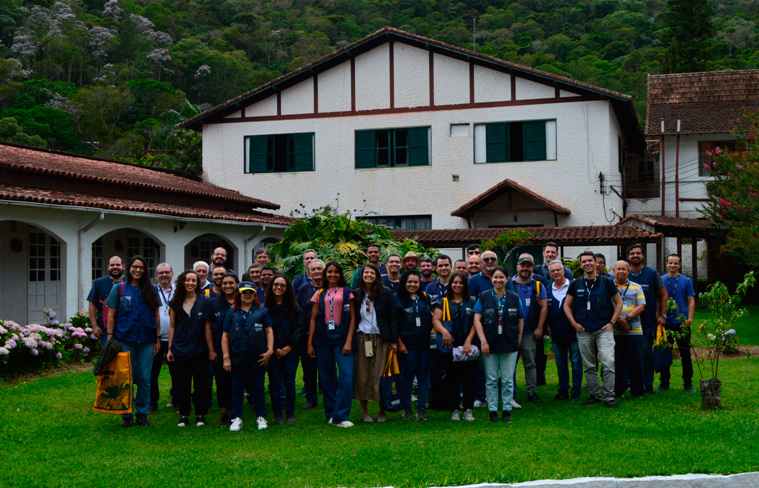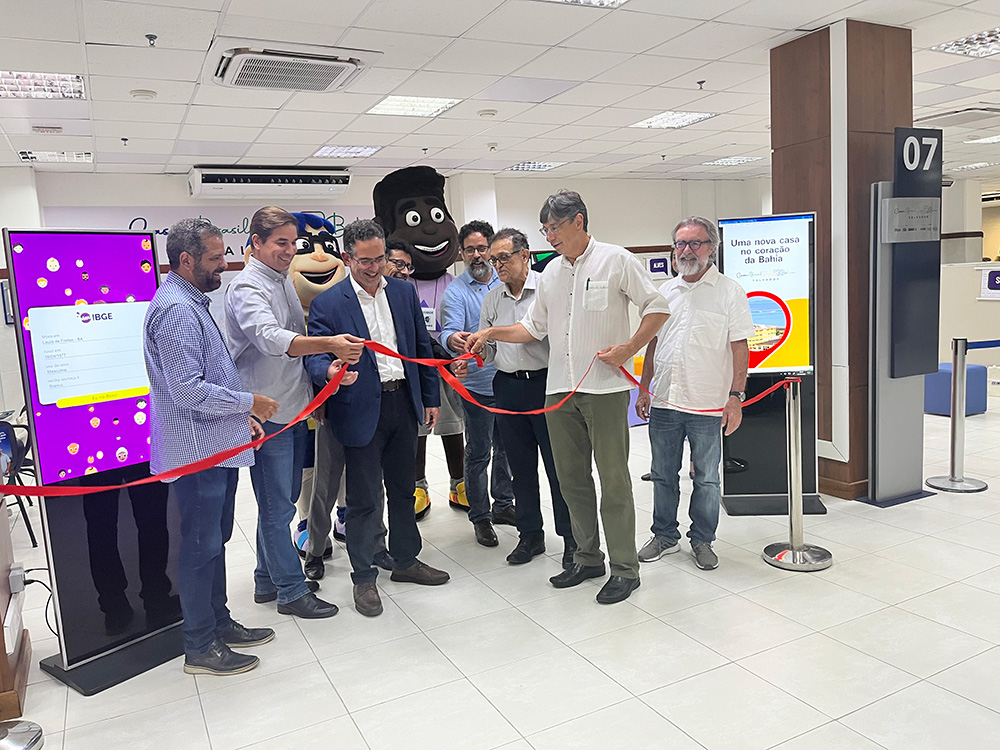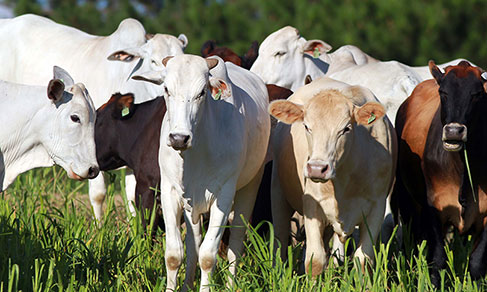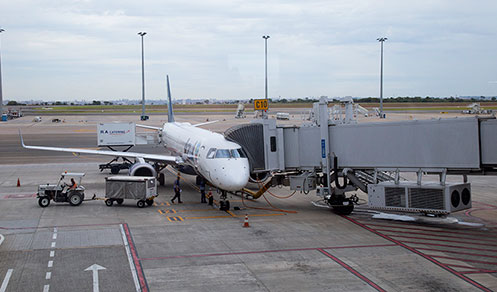PAC
Supermarkets lead revenue and employment generation ranking in 2018
June 26, 2020 10h00 AM | Last Updated: June 27, 2020 02h52 PM
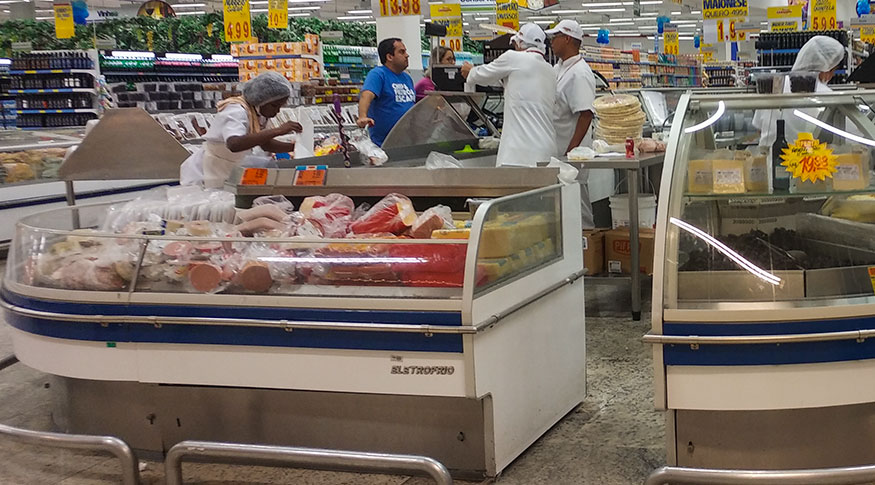
The sector of hyper and supermarkets generated most jobs in 2018 and employed 45.7 thousand persons more against the figure in 2017; it also led in terms of contribution (13.2%) to the net operating revenue from trade in the year. As a result, the wholesale trade segment moved to the second position in the participation ranking. The data are from the Annual Survey of Trade (PAC), released today (26) by the IBGE.
The IBGE's analysis and dissemination manager, Synthia Santana, explains that the increase of employment in hypermarkets stands out in a scenario of stability in retail trade. “The volume of employed persons in that activity increased by only 3.5%, but having a big number of employees per company is a characteristic of the hypermarket segment. So, even small gains are bigger in comparison with other activities.”
The sector of hypermarkets and supermarkets was also the only one to record increase in the average number of companies in ten years, with a change in the average number of employed persons from 82 to 99 persons per company. “It is worth saying that the classification as a supermarket refers to a company using an area of more than 300 m², so that already means major gains in scale for that segment,” Ms. Santana adds.
Between 2017 and 2018, the number of workers in Trade, as a whole, increased 0.3%, which means a total 28.8 thousand persons more working in the sector. In the same period, though, there was a 2.2% decrease in the number of companies and of 1.2% in local branches, such as stores ad units. The sector employed, altogether, about 10.2 million persons and paid R$ 237.4 billion in compensation. Trade activity generated a total R$3.7 trillion in net operating revenue, which is gross revenue less deductions, such as taxes and cancellations.
The survey subdivides trade activities into three segments: trade of vehicles, pieces and motorcycles, wholesale trade and retail trade. Between 2017 and 2018, retail recorded the biggest decreases, for example, a reduction of 2% in the number of local branches.
Out of the 10.2 million employed persons in trade in 2018, 7.6 million (74.5%) were in retail, 1.7 milhão (16.6%) in wholesale and 894 thousand (8.9%) in the vehicle sector. Against 2017, the three segments advanced in terms of number of employed persons. “In 2018, the country made its first attempts at economic recovery, mainly based on household consumption, which is extremely important. The problem is we know that recovery has been very slow,” Synthia Santana explains.
“If we take as an example retail trade, which is the main employer in the tradde segment, accounting for 75% of the volume of employed persons, the employment figure remained virtually unchanged between 2017 and 2018 and the number of local branches fell by 2%. So that strongly indicates how companies have behaved in the face of this scenario of crisis,” she concludes.













